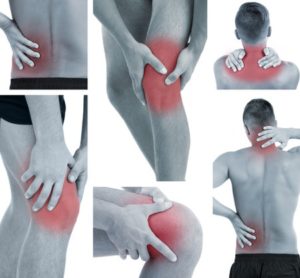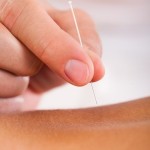Dry Needling in California

Dry Needling is an therapeutic technique that was developed by Dr Janet Travell and recently popularized by Acupuncturists and Physical Therapists in Australia, Canada and the US. In California, only Licensed Acupuncturists and MDs can legally perform this powerful technique so there are very few practitioners trained in this art of trigger point release.
While some states allow Physical Therapists to perform Dry Needling, the medical board in California concluded that Dry Needling is, in fact, a type of acupuncture. Therefore, Dry Needling can only be performed by Licensed Acupuncturists and MDs in California. This legal decision serves to best protect public safety – as many states allow Physical Therapists to practice Dry Needling after attending as little as 16 hours of class (2 days)! In comparison, Licensed Acupuncturists take over 3,000 hours of coursework, and most of this study time is dedicated to mastering the use of the acupuncture needle.
 In Dry Needling practice, an acupuncture needle is inserted into a local area of muscle tension called a “Trigger Point”. Unlike traditional acupuncture, the treatment method in Dry Needling is strictly based on the anatomy of muscles and nerve pathways involved. As such, there is no discussion of “Qi”, “Meridians”, or other aspects of ancient Chinese philosophy. Because Dry Needling takes a purely Western approach many patients feel more comfortable with the treatment and better understand the reasoning behind this therapy. Unlike traditional acupuncture, many patients generally feel like they have a better understanding of why the treatment is being performed and how it is expected to help resolve the problem.
In Dry Needling practice, an acupuncture needle is inserted into a local area of muscle tension called a “Trigger Point”. Unlike traditional acupuncture, the treatment method in Dry Needling is strictly based on the anatomy of muscles and nerve pathways involved. As such, there is no discussion of “Qi”, “Meridians”, or other aspects of ancient Chinese philosophy. Because Dry Needling takes a purely Western approach many patients feel more comfortable with the treatment and better understand the reasoning behind this therapy. Unlike traditional acupuncture, many patients generally feel like they have a better understanding of why the treatment is being performed and how it is expected to help resolve the problem.
When Dry Needling is performed, a hair-thin acupuncture needle used. Most patients will not feel the needle penetrate the skin, but there may be a feeling of pressure or muscle ache when the trigger point is activated. If the muscle is currently in spasm with an active trigger point, the patient may feel a sensation like a muscle cramp or twitch. If the muscle responds to treatment with a small twitch movement, called a “twitch response”, this is generally a good sign and helpful in resolving trigger points.
Get started today:
